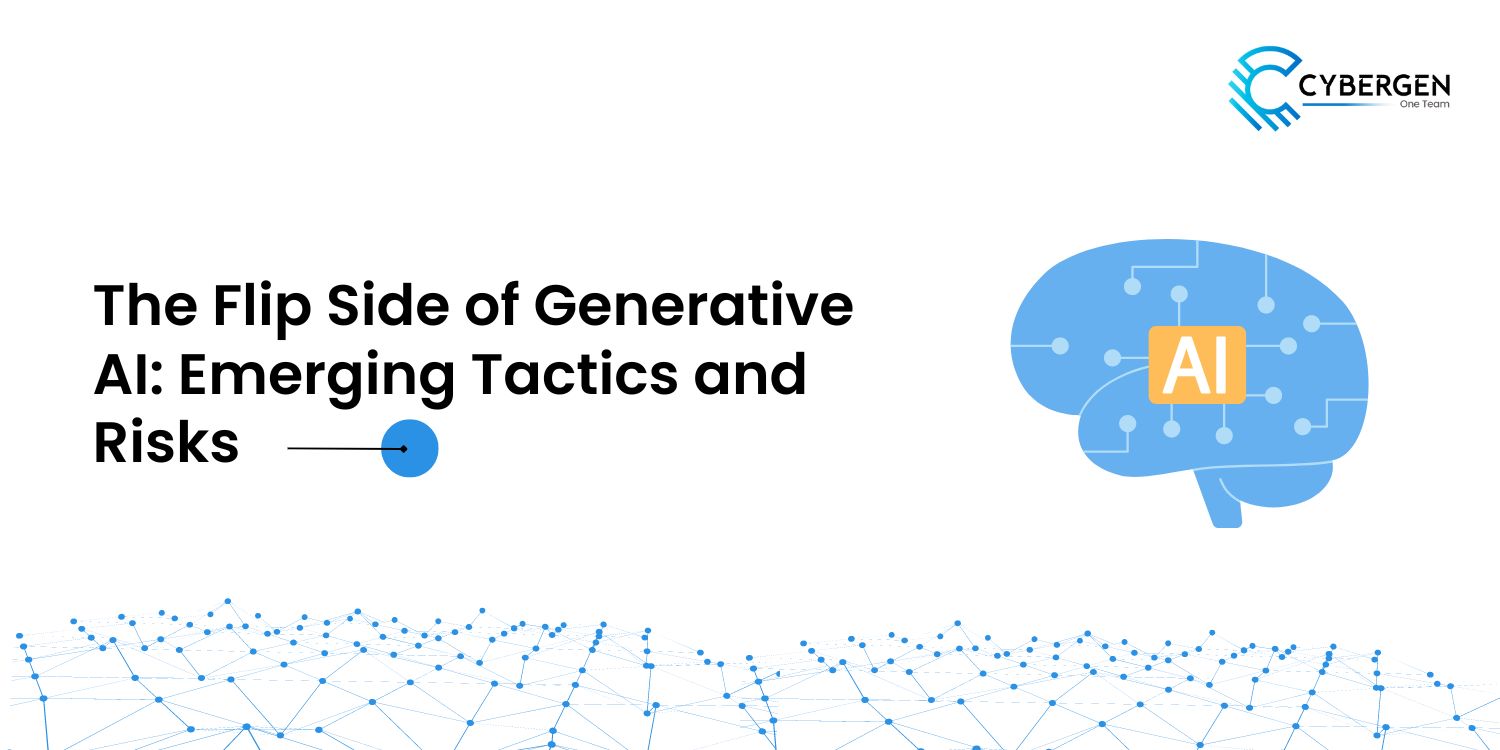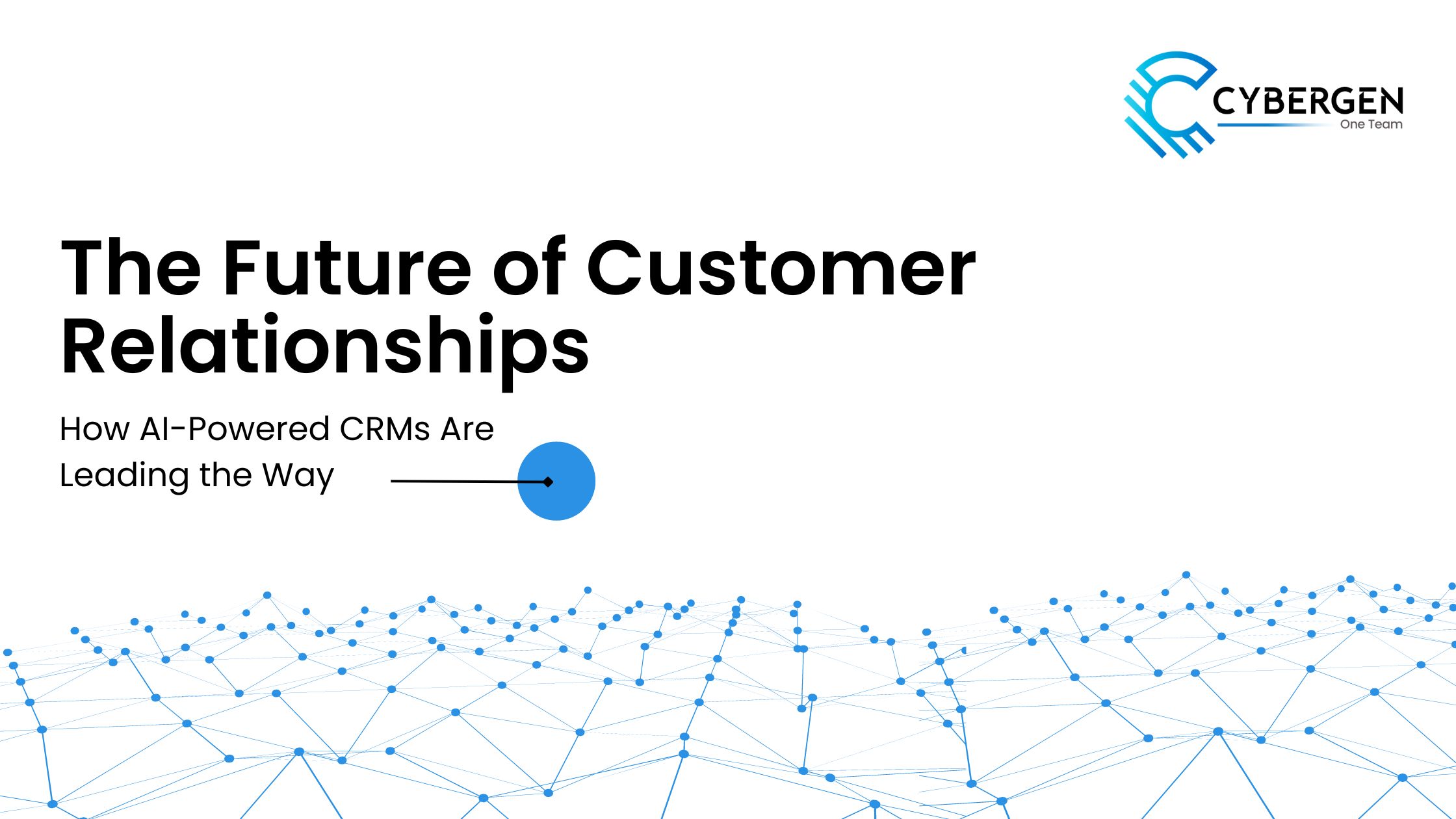Today, the specter of cyber threats casts a long shadow over organizations. In 2020 alone, cybercrime incidents escalated by an alarming 600%, with 95% of these breaches accredited to human error. Despite significant technological strides that offer robust security measures, one vulnerability remains alarmingly exploitable: the human factor.
In fact, a report by the cybersecurity firm, CyberEdge, states that 90% of organizations feel at risk due to the "insider threat." Employees, knowingly or otherwise, often emerge as the "weakest link" in an organization's cybersecurity chain. This blog post will get into the pivotal role employees play in enabling cyber attacks, and will put forth strategies that can reinforce your organization's defenses.
Understanding the Current Threat Scenarios:
Before we get into addressing the human factor, it's important to understand the evolving threat scenarios. Cybercriminals employ various tactics to exploit vulnerabilities and gain unauthorized access to sensitive information. From phishing attacks to ransomware and social engineering, organizations face a diverse range of threats that require proactive measures.
The Human Factor: Why Employees are the 'Weakest Link'
Despite significant investments in cybersecurity technology, cybercriminals continue to find success through exploiting employee vulnerabilities. Understanding the reasons behind this vulnerability is the first step towards building a robust cybersecurity framework.
Social Engineering Tactics:
Cybercriminals use social engineering tactics to manipulate employees into revealing confidential information or granting unauthorized access. These tactics prey on human emotions, such as fear or curiosity, to deceive employees into taking actions that compromise security.
Lack of Awareness and Training
Many employees lack awareness of the latest cyber threats and best cybersecurity practices. Without proper training, they may inadvertently engage in risky behaviors or fail to recognize potential threats, making them susceptible to attacks.
Weak Password Practices
Weak passwords remain a common entry point for cybercriminals. Employees who reuse passwords across multiple accounts or use easily guessable passwords create significant risks for organizations.
Building a Strong Cybersecurity Culture & Training
To address the human factor in cybersecurity, organizations must establish a strong culture of cybersecurity awareness and provide comprehensive training to employees.
Importance of Employee Education and Training
Regular and engaging cybersecurity training programs are vital to cultivate a workforce that is knowledgeable about potential threats and equipped to identify and respond to them effectively.
Implementing Strong Password Policies
Enforcing strong password policies, including the use of complex passwords and regular password changes, ensures that weak passwords do not compromise security. Multi-factor authentication (MFA) should also be implemented to add an extra layer of protection
Conducting Regular Security Awareness Campaigns
Organizations should conduct regular security awareness campaigns to keep employees informed about emerging threats, phishing techniques, and safe online practices. These campaigns can include interactive exercises, simulated phishing attacks, and rewards for good security practices.
Technology Solutions to Support Employees
While employee education is crucial, organizations should also provide technology solutions that support employees in their cybersecurity efforts.
Multi-Factor Authentication (MFA)
MFA adds an extra layer of security by requiring users to provide multiple forms of verification. This significantly reduces the risk of unauthorized access even if an employee's password is compromised.
Encryption and Data Protection Measures
Implementing encryption and data protection measures ensures that sensitive information remains secure, even if it falls into the wrong hands. Encryption should be used for data in transit and at rest.
Network Monitoring and Threat Detection Tools
Proactive monitoring of network traffic and the use of advanced threat detection tools help identify potential security breaches in real-time. This enables organizations to respond swiftly and mitigate the impact of a cyber attack.
Best Practices for Securing Remote Employees
With the rise of remote work, organizations must pay special attention to securing their remote workforce.
VPN Usage and Secure Network Connections
Remote employees should be encouraged to use virtual private networks (VPNs) to encrypt their internet connection and protect sensitive data while working remotely.
Secure File Sharing and Collaboration Tools
Organizations should provide secure file sharing and collaboration tools that prioritize data encryption and user access controls. This ensures that sensitive information remains protected, even when shared externally.
Regular Software Updates and Patch Management
Maintaining up-to-date software and promptly applying security patches is crucial for mitigating vulnerabilities and protecting against known exploits. Organizations should establish a robust patch management process for remote devices.
Creating an Incident Response Plan
Despite best efforts, some cyber attacks may still occur. Having a well-defined incident response plan ensures that organizations can respond swiftly and effectively in the event of a security breach.
Importance of Having a Plan in Place
An incident response plan outlines the steps to be taken during a cyber incident, including communication protocols, containment measures, and recovery procedures. Having a plan in place minimizes the impact of an attack and helps restore normalcy quickly.
Steps to Take During a Cyber Incident
The incident response plan should clearly define the roles and responsibilities of various stakeholders involved in the incident response process. It should also include steps to identify the source and extent of the breach, mitigate the impact, and preserve evidence for forensic analysis.
Post-Incident Analysis and Improvement
Following a cyber incident, organizations should conduct a thorough post-incident analysis to identify areas for improvement. This analysis helps bolster future cybersecurity measures and ensures that the organization remains resilient against future threats.
Conclusion
Cyber attacks have become increasingly sophisticated over the past few years, and organizations must recognize that their employees are crucial to their defense against these attacks. By prioritizing employee training, fostering a strong culture of cybersecurity, and implementing robust technology solutions, organizations can strengthen their defenses and mitigate the risks associated with the human factor. Remember, cybersecurity is a continuous effort that requires vigilance, education, and adaptability.
Relevant Blogs
Hey, I can help you with:
What AI solutions does CyberGen offer to enhance business operations? How can CyberGen's managed IT services improve my company's efficiency? What training programs are available through CyberGen Academy?



 1.png)
